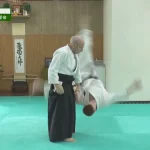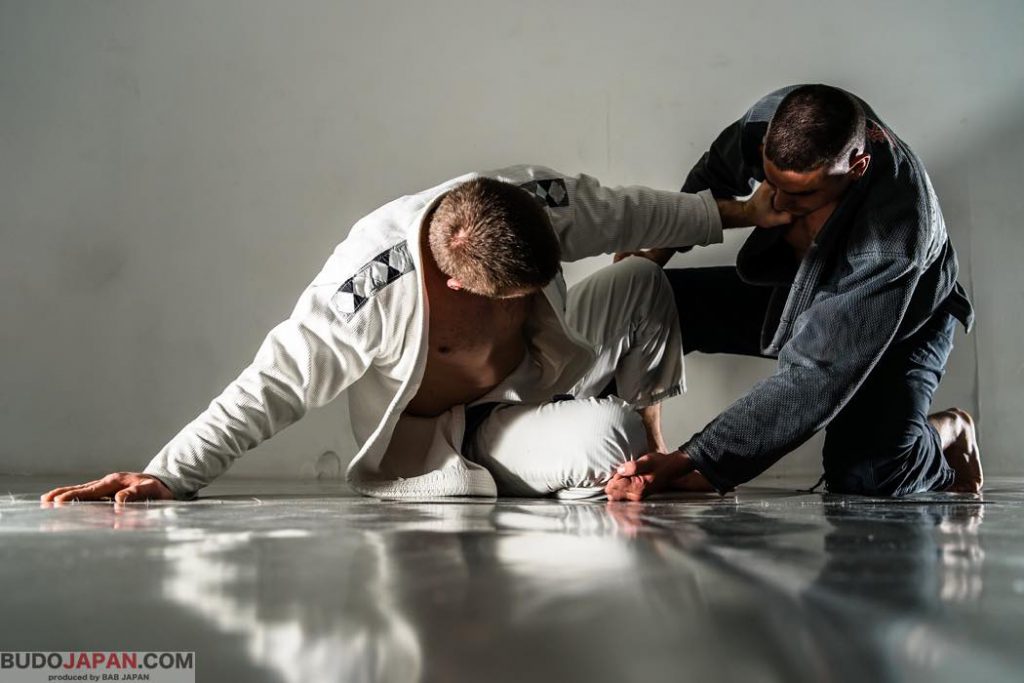
Text by Sofia Andrews, the editor and content creator at MMA Today.
Even though the exact origin of BJJ is still debatable, BJJ and Aikido are believed to have originated from the same region but took different physical and philosophical paths. These arts may seem similar, but they have different techniques and styles. So before you mix Aikido and BJJ in your training routines, you need to understand the difference between the two.
What is Aikido?
Before we focus on the difference between Aikido and BJJ, we need to understand the basics. Aikido is a unique martial art that Morihei Ueshiba developed in the 1920s and 30s. This art was meant to be used as a self-defense technique while protecting the attacker from injury at the same time. Morihei drew his inspiration when creating Aikido from Daito-Ryu. Aikido techniques include turning and entering movements intended to redirect the attacker and several joint locks and throws. Aikido is all about mitigating an active aggressor.
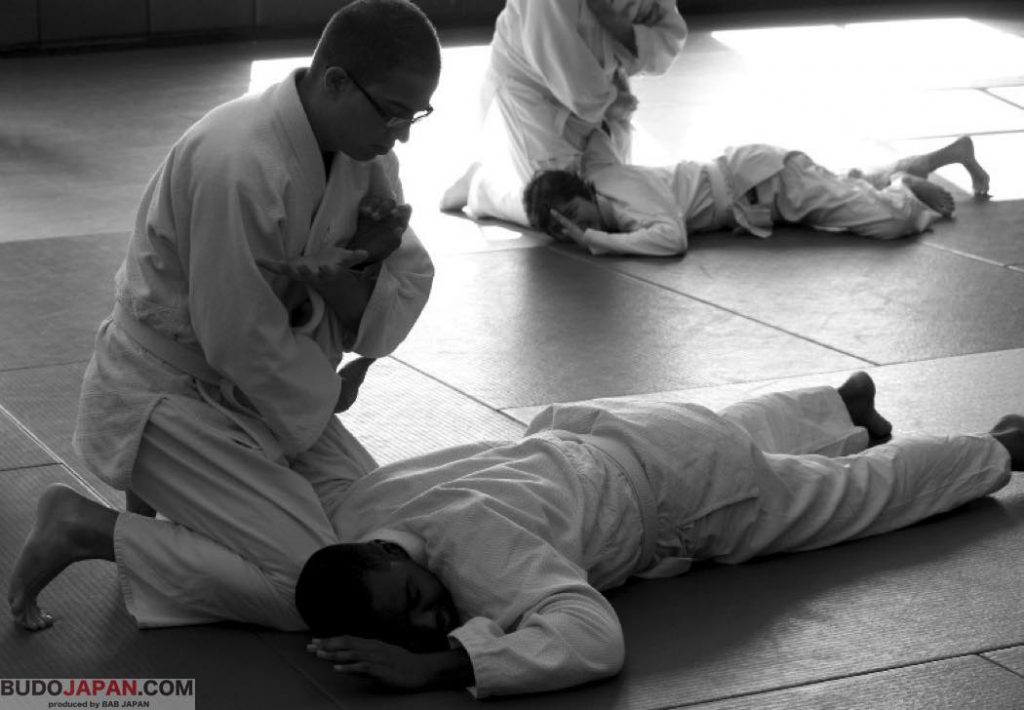
Image by Ananbelle Lee from Pixabay
What is BJJ?
Even though its origin is still debated among numerous atrial art scholars, The Brazilian Jiu-Jitsu (BJJ) is believed to have originated from Japan. But the fact of the matter is that it became famous after the Gracie family from Brazil took it in the twentieth century. Maeda Mitsuyo introduced Jiu-Jitsu in Brazil after honing this style with street fighting. Carlos Gracie, Maeda’s student, learned Jiu-Jitsu and then developed it with some of his family members.
BJJ is more aggressive than Aikido, and it teaches you to use leverage to defend yourself against larger and stronger folks. BJJ focuses on bringing a huge opponent on the ground and fighting there on the same level where the only disadvantage is the ground. But it’s crucial that you get the right BJJ Gi for your training style.
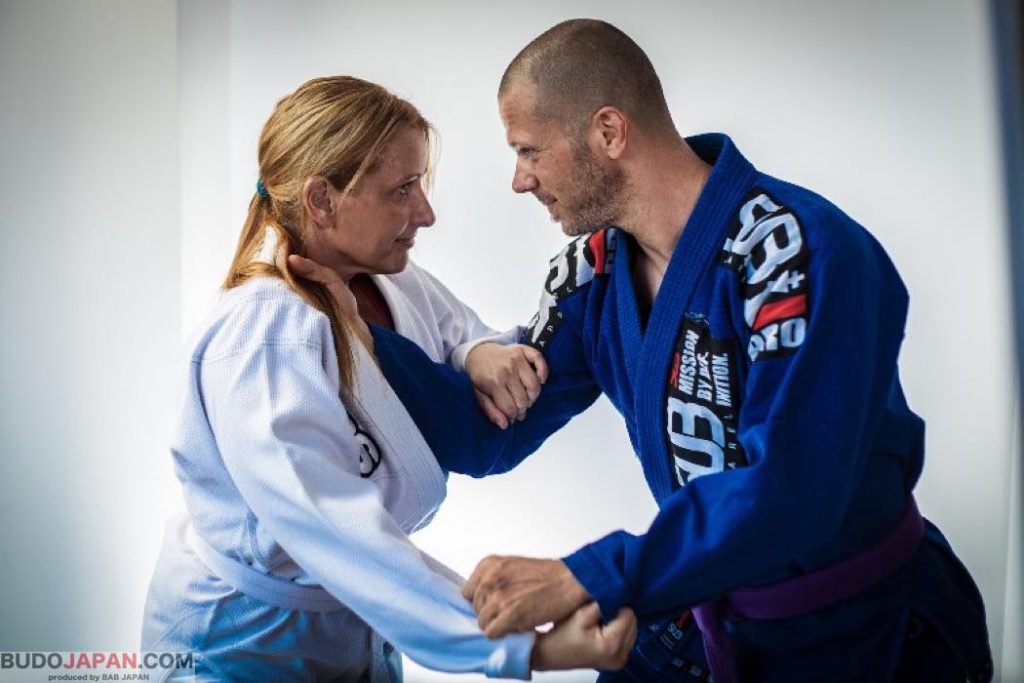
Image by Taco Fleur from Pixabay
What Is the Difference Between Aikido and BJJ?
The main difference between Aikido and BJJ is their focus on standup technique versus groundworks. A huge percentage of BJJ standup grappling is a perfect combination of judo techniques and wrestling, plus anything else that you may need to take your sparring partner or attacker down. Unfortunately, most Brazillian jiu-jitsu schools avoid numerous forms of standup training.
Aikido may function in the sense that the executor of the technique (tori) applies some form of pressure to the person receiving the technique (uke) to cause some damages, pain, and submission. The uke is never comfortable when receiving various finishing moves from the tori, which are visible in most demonstration videos. Some other differences between the two arts are:
1. Fighting Styles
Unlike the BJJ, Aikido is a unique style that rarely gets out of the dojos. This art is focused on learning how to redirect someone’s attack into a neutralization technique. With Aikido, you might never see a proactive technique; instead, you will see many reactive ones. Aikido is all about physiology and practice instead of fighting your opponent to the ground. In fact, most Aikido throws end in a pin or joint lock. Aikido throws depend on a form of wrist manipulation and then redirecting the uke’s energy, making it possible for the tori to throw him/her in a unique flip and finish with an arm lock.
On the other hand, BJJ is very aggressive, and it puts a lot of emphasis on risking being subdued or forcing your opponent into submission. And it’s not designed to protect the uke, but to disarm and bring him/her to the ground and fight there.
2. Aikido Finishes Don’t Appear to Control the Technique Receiver’s Body
In most Aikido sparring matches, one of the main things I have ever noticed is that the tori is never controlling his/her opponent’s body when applying any submission. And in most of the finishes, the uke’s body is limb on the floor while receiving a wrist lock technique from the tori.
On the other hand, each BJJ submission has a method of controlling the uke’s ability to move his/her entire body. This is actually what makes any move a BJJ submission technique. The ability to move your body makes it possible for the uke to reposition his/her body in a safe position that would prevent further injuries.
Now, if someone were to do an armbar by simply standing next to you and grabbing your wrist before pushing on your elbow, your wrist would break if you don’t reposition or flex your arm and get out of the technique. But that is not the case, as anyone with the right reflexes would move. But Aikido is based on self-defense and disarming your opponent instead of injuring him/her.
3. Aikido Has Better Breakfalls
Another difference between these training techniques is the lack of standup training, particularly break fall techniques. Therefore, with BJJ, the tori doesn’t control the uke’s fall, and he/she might get injured while receiving a submission technique. On the other hand, Aikido has numerous types of breakfall techniques that can help the tori keep the uke safe while executing advanced Aikido techniques.
But this is not unique to Aikido; after all, some sports like Judo have people practice breakfalls for a while before being allowed to try any throw techniques. But Aikido excels in breakfall techniques. Plus, a BJJ practitioner from a school that neglects standup training has a high likelihood of getting injured when thrown by an opponent with a great base of Aikido.
Most Aikido techniques may be questionable against full-resistance, but you can never deny the fact that flipping your head in a 6ft arc and landing safely requires a great knowledge of correct break falling.
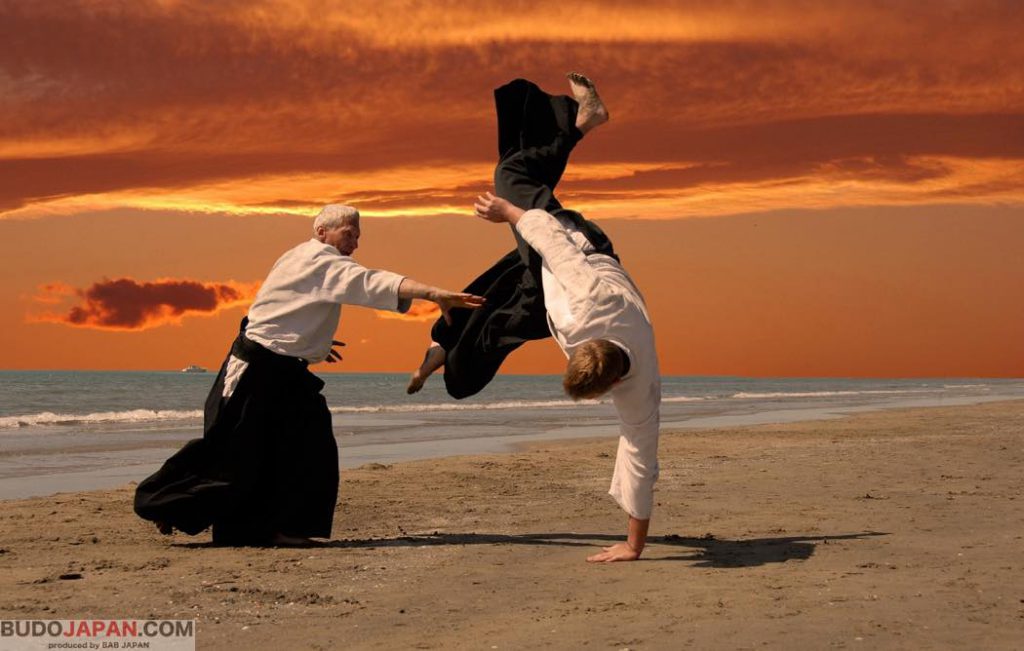
Final Thoughts
Despite their numerous differences, BJJ and Aikido can both help you disarm and subdue an attacker within seconds. Aikido is non-competitive, and its philosophy resembles a religion as it promotes the idea of defeating opponents without injuring them, peace, and harmony. And while most Aikido schools don’t take part in any competition, the Tomiki or Shodokan style has a competitive aspect. Therefore, you can improve your BJJ technique by learning some Aikido styles like breakfalls and learn how to avoid injuring your opponent, especially when sparring.
 About the author:
About the author:
Sofia Andrews is the editor and content creator at MMA Today.
She has practiced Brazilian Jiu-Jitsu and boxing.
She thinks that BJJ is a great way to challenge yourself with a full body workout while learning self defense.







